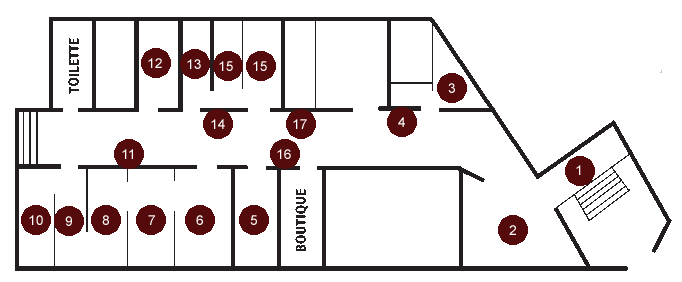Section 5: Room 105

This section explains the ideological foundations and the military aspect of the Stasi’s work. When the Ministry of State Security was set up, the Russian Cheka was the example to follow. The Cheka was the secret police organisation established in Soviet Russia in 1917, and the original forerunner of the KGB. Right up until 1989, the Cheka’s first head, Felix Dzerzhinsky, served as an ideological model for East Germany’s own ‘Chekisty’. The Stasi’s spiritual fathers were above all Marx, Engels, Lenin and Stalin, who advocated the violent repression of the regime’s enemies in order to maintain the “dictatorship of the proletariat”. Stasi personnel always worked together closely with their “Soviet friends”, and the KGB maintained its own office in Leipzig until 1989.
Since the Stasi was in fact a military organisation, in 1986 the employment of civilians was abolished. This meant that even caretakers, cooks and cleaners all had military ranks. Various insignia and badges bear witness to the military character of the Stasi.
Each member of staff was armed and had a uniform. Their sub-machine guns were kept in the armoury, while their uniforms, field equipment and in many cases also truncheons were stored in lockers in their offices. A list records what weapons and how much ammunition was given to the police by the Stasi at the end of 1989. Members of the Stasi also underwent regular training to prepare them for war.






